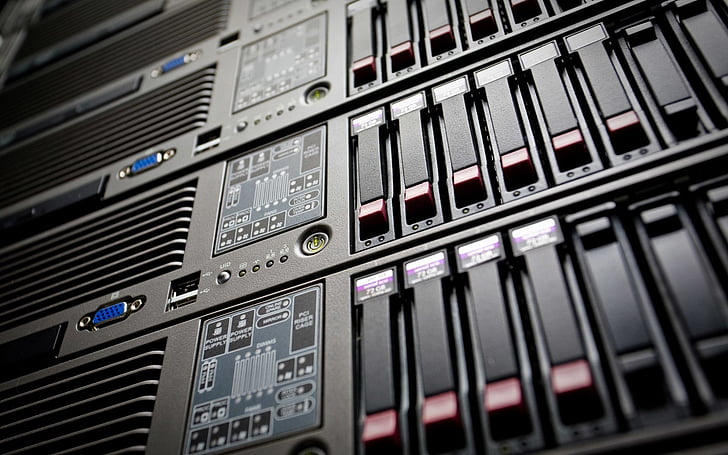
 The risks to privacy from collecting and storing personal information
The risks to privacy from collecting and storing personal informationThere are many privacy laws that exist to keep personal information secure. And to keep compliance with these privacy laws, the security measures can take a toll on expenses. Some security measures include using state-of-the-art technology, which is not cheap at all. But for companies who do store personal data, adhering to the strict privacy laws are a requirement, not an option.
And if the company is international, it must follow multiple regulations worldwide according to the laws. But thanks to these laws, privacy for personal information is much more secure if they didn’t exist. However, this raises the entry-level investment cost to newer companies looking to get into the business, but this can also be a good thing.
Due to the high-operating business cost of data collection, most data is in the hands of a few rich companies, with a high-priority on standards. Without these laws in place, data may be scattered across many different companies, some of which may lack the resources to implement decent security measures.

 How can computing resources be misused and how can it be protected?
How can computing resources be misused and how can it be protected?Computing resources of a user’s computer is a target for misuse by cybercriminals. Malware created by cybercriminals is designed to use the computing resources of a computer to mine crypto currency. Downloaded by an unsuspecting user, their computer will be slowed down.
DDOS attacks, also known as distributed denial of service attacks, misuse computing resources to execute these. They flood a server with a ton of requests. Due to the scale of these attacks, the server is overwhelmed and is left broken until cleared.
Malicious AI models developed by malicious users can be misused. AI can be used to create malicious scripts to execute a variety of different attacks. This lowers the skill ceiling for hackers looking to break into networks. Since the AI can do the coding work for them, AI has the possibility of being misused.

 How unauthorized access to information is gained?
How unauthorized access to information is gained?There are various tactics cybercriminals use to gain access to unauthorized information. Guessing passwords is one of the ways, and are often used with automation software to guess passwords at a fast rate. Some cybercriminals may also use social engineering to increase their chances of breaking into more accounts. Not only passwords, but PINs are at risk of this too.
Social engineering is where malicious users send emails with malicious links. It may also be found in text messages. When an unsuspecting user clicks on one of these links, the attacker gains access to personal data, such as the IP address. Links like these are IP grabbers.
Breaking and entering is also a possible way to gain access to unauthorized info. But this method is a lot less popular due to the high-risk it involves. Breaking into something online is a lot different than it is in-person. But to the people who use these methods, they break in quickly, target laptops and other devices and leave with them. Then later, they gain access online into the network (if they don’t get caught).

 Pros and cons of innovation and how it can impact beyond it's intended purpose
Pros and cons of innovation and how it can impact beyond it's intended purposeTechnology advancements due to computing innovations are a major benefit. All newly made cars have some sort of advanced technology in them, and nearly every car after the 2000’s rely on simple computing innovations. For example, most new cars have an electronic speedometer, and electronic dashboard. This can assist with GPS tracking and more.
Financial transactions heavily rely on computer software. Without computing innovations in internet speed, transactions would be very slow and less appealing. The boost to a country’s economy can be seen in the computing innovation being used. The benefits to computing innovation are immense, and go way beyond just these examples.
The downside of computing innovation makes systems more complex and require more resources. For example, if you look at a car from the 20th century, it is way more simple than some of the electric cars today. Also, decision-making algorithms such as automated hiring tools can be biased and may unintentionally discriminate against some demographics.